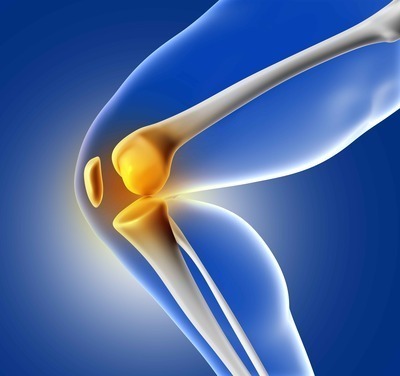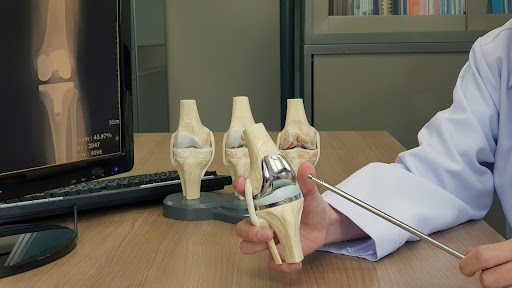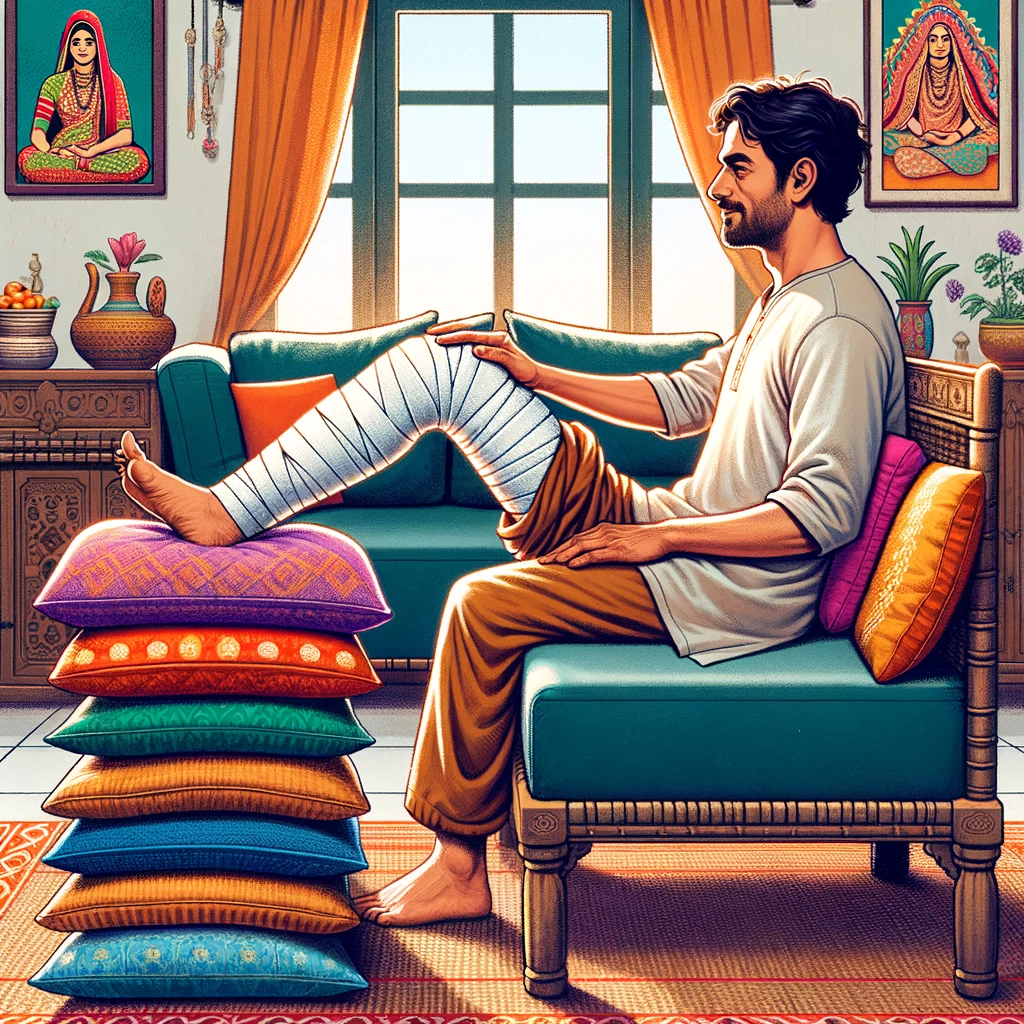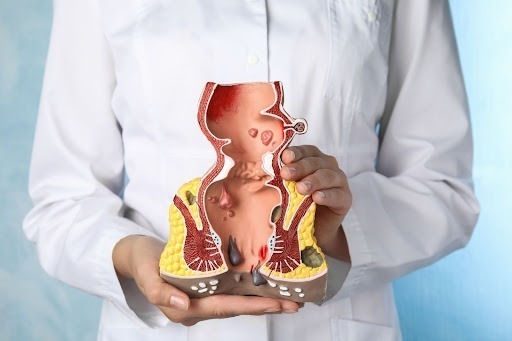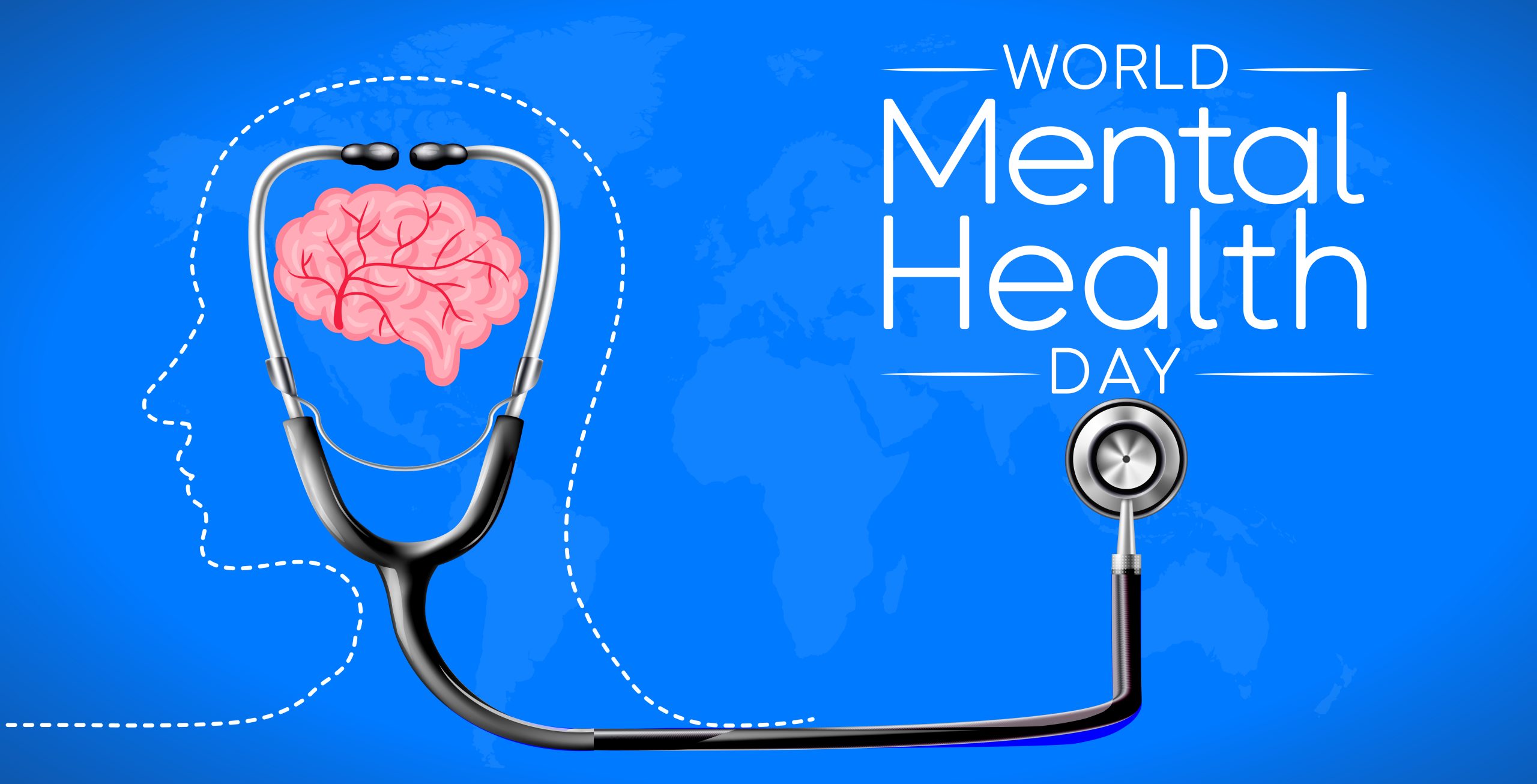Varicose Veins
what is varicose veins?
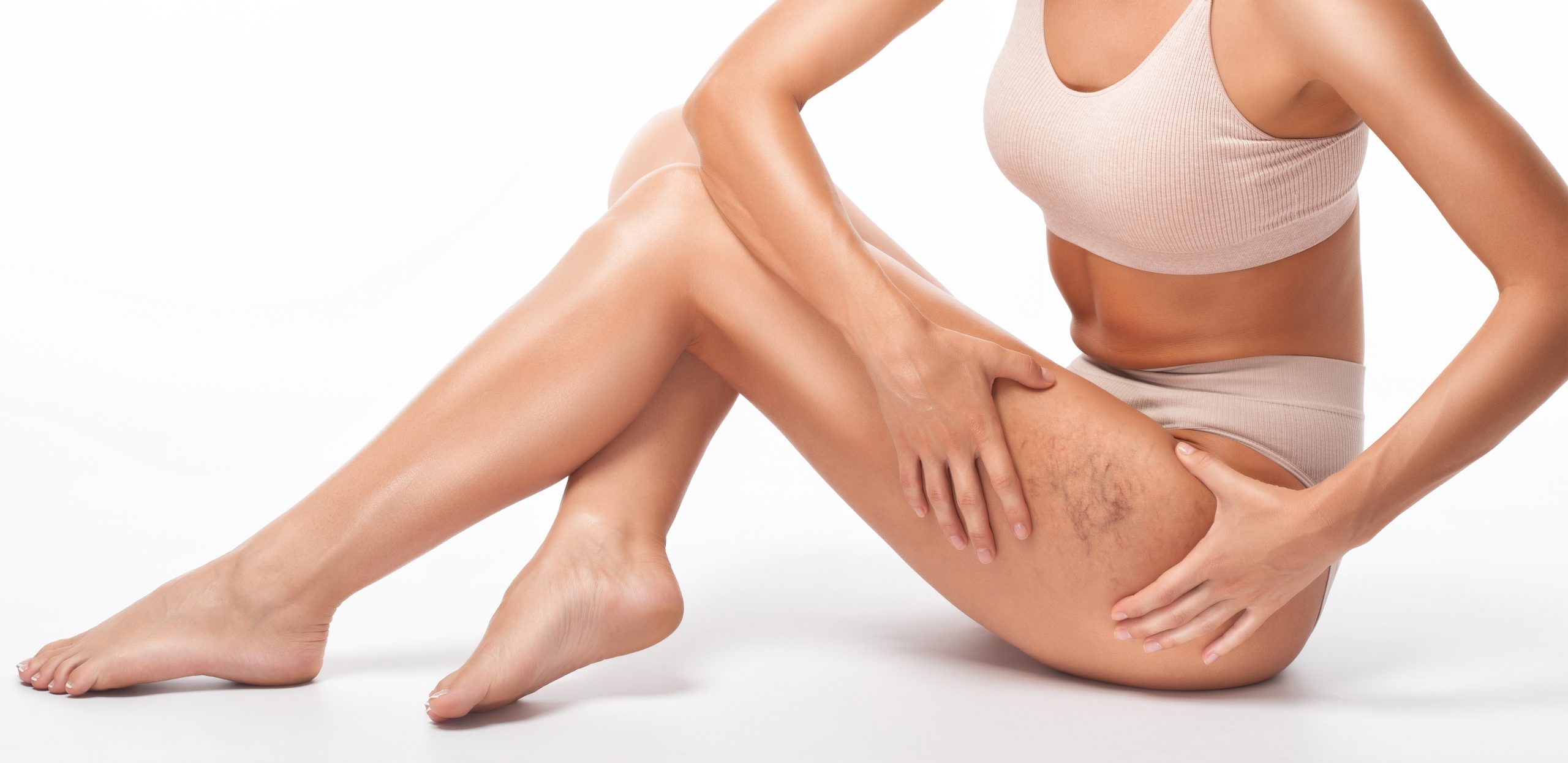
by admin
27th September 2024
4 minutes read
Varicose veins are swollen, enlarged veins that often appear on the legs and feet. These veins become twisted and can bulge, creating a visible, raised pattern beneath the skin. While they are usually not harmful, varicose veins can cause discomfort, pain, and lead to more serious conditions if left untreated. Understanding what varicose veins are, their causes, symptoms, and treatment options can help you manage and prevent them effectively.
What Causes Varicose Veins?
Varicose veins occur when the valves inside your veins weaken or become damaged. In healthy veins, these valves work to keep blood flowing in one direction, back toward the heart. When the valves malfunction, blood can flow backward and pool in the veins, causing them to enlarge and become varicose.
Several factors can increase the risk of developing varicose veins:
- Age: As you get older, your veins can lose elasticity, making the valves inside the veins weaker.
- Genetics: If your family has a history of varicose veins, you’re more likely to develop them.
- Pregnancy: The increase in blood volume and pressure on the veins during pregnancy can lead to varicose veins.
- Prolonged Standing or Sitting: People who stand or sit for long periods are at higher risk, as it affects the flow of blood in the veins.
- Obesity: Excess weight puts additional pressure on the veins, making them more prone to becoming varicose.
Symptoms of Varicose Veins
While varicose veins are often visible as blue or dark purple veins just under the skin, they can also cause a range of symptoms, including:
- Aching, heavy legs: You may feel discomfort or pain in your legs, particularly after standing or sitting for long periods.
- Swelling in the legs and ankles: Fluid buildup may occur due to poor circulation.
- Itching or irritation: The skin around varicose veins may become dry or itchy.
- Muscle cramping: Some people experience muscle cramps or a throbbing sensation in the legs.
- Skin discoloration: In more severe cases, the skin around varicose veins may darken, and ulcers can form.
Who is at Risk for Varicose Veins?
Varicose veins can affect anyone, but certain factors can increase your likelihood of developing them:
- Women: Women are more likely to develop varicose veins, particularly during pregnancy or menopause due to hormonal changes.
- Older age: The risk of varicose veins increases as you age.
- Family history: Genetics play a major role in the development of varicose veins.
- Lifestyle and occupation: People with jobs that require prolonged standing, such as teachers, healthcare workers, or retail employees, are at higher risk.
Complications if Left Untreated
While varicose veins are often a cosmetic concern, they can lead to complications if left untreated:
- Ulcers: Painful sores can develop on the skin near varicose veins, particularly around the ankles.
- Blood clots: If veins deep within the legs become enlarged, they can lead to deep vein thrombosis (DVT), a serious condition where blood clots form in the legs.
- Bleeding: In some cases, varicose veins close to the skin’s surface can rupture and bleed.
How to Treat Varicose Veins
There are several effective treatments for varicose veins, ranging from lifestyle changes to medical interventions. At Medfin, we offer advanced, minimally invasive treatments that deliver lasting relief from the discomfort and appearance of varicose veins. Treatment options include:
- Lifestyle Changes
- Exercise regularly: Physical activity helps improve circulation and reduce pressure on the veins.
- Elevate your legs: Elevating your legs above heart level can reduce swelling and improve blood flow.
- Compression stockings: Wearing compression stockings can help the veins move blood more efficiently.
- Medical Procedures
- Sclerotherapy: A solution is injected into the varicose vein, causing it to collapse and fade over time.
- Laser Treatment: Laser treatment for varicose veins uses heat to close off small varicose veins, causing them to disappear.
- Vein Stripping: In more severe cases, the varicose veins are surgically removed.
Preventing Varicose Veins
Preventing varicose veins may not always be possible, especially if they run in your family, but certain lifestyle habits can help reduce your risk:
- Exercise regularly: Walking or swimming helps improve circulation.
- Maintain a healthy weight: Reducing extra pressure on your legs can decrease your chances of developing varicose veins.
- Avoid long periods of sitting or standing: Change positions frequently to keep blood moving.
Why Choose Medfin for Varicose Vein Treatment?
At Medfin, we specialize in the treatment of varicose veins using the latest techniques to provide effective and lasting results. Our experienced doctors offer personalized care and minimally invasive treatments, ensuring a faster recovery with minimal discomfort. With advanced technology and flexible no-cost EMI plans, Medfin Bangalore makes high-quality varicose vein care accessible to all.
CATEGORIES
- ACL Reconstruction
- Anal Fissures
- Anal Fistula
- Appendicitis
- ASK A DOCTOR
- Benign Prostatic Hyperplasia
- Breast Lump Excision
- Cataract
- Circumcision
- Conditions & Diseases
- Cosmetology
- Covid-19
- Cure
- Endocrinology
- ENGLISH VIDEOS
- Eye Care
- Gallstones
- General Surgeries
- Government Schemes
- Gynaecology
- Gynecomastia
- Health
- Health Insurance
- Hernia
- Hindi
- Hip Arthoscopy
- Hip Replacement
- Hip Replacement Surgery
- Hydrocele
- Kannada
- Kidney Stones
- Knee Arthroscopic
- Laparoscopic
- LASER
- Latest Treatments
- Lifestyle
- Liposuction
- Medfin Stories
- Medicine
- Nephrology
- Ophthalmology
- Orthopaedic
- Paraphimosis
- Patient Testimonials
- PCL Reconstruction
- Phimosis
- Piles (Hemorrhoids)
- Pilonidal Sinus
- Proctology
- Prostate Artery Embolization
- Rhinoplasty
- Second Opinion
- Total Knee Replacement
- Urology
- Uterine Artery Embolization
- Uterine Fibroids
- Varicocele
- Varicose Veins
- Vascular
- VIDEOS


